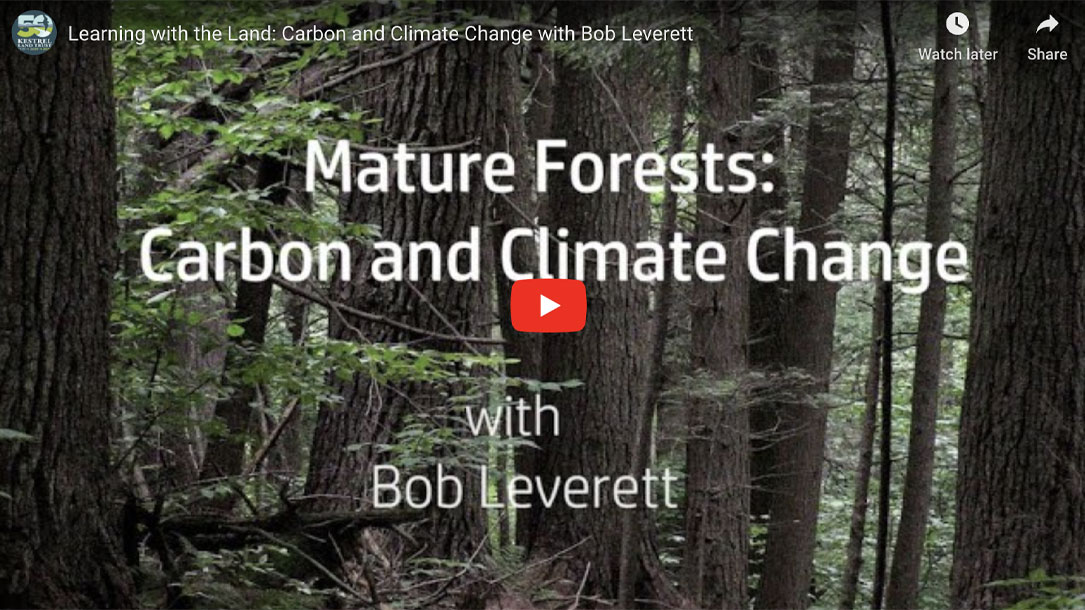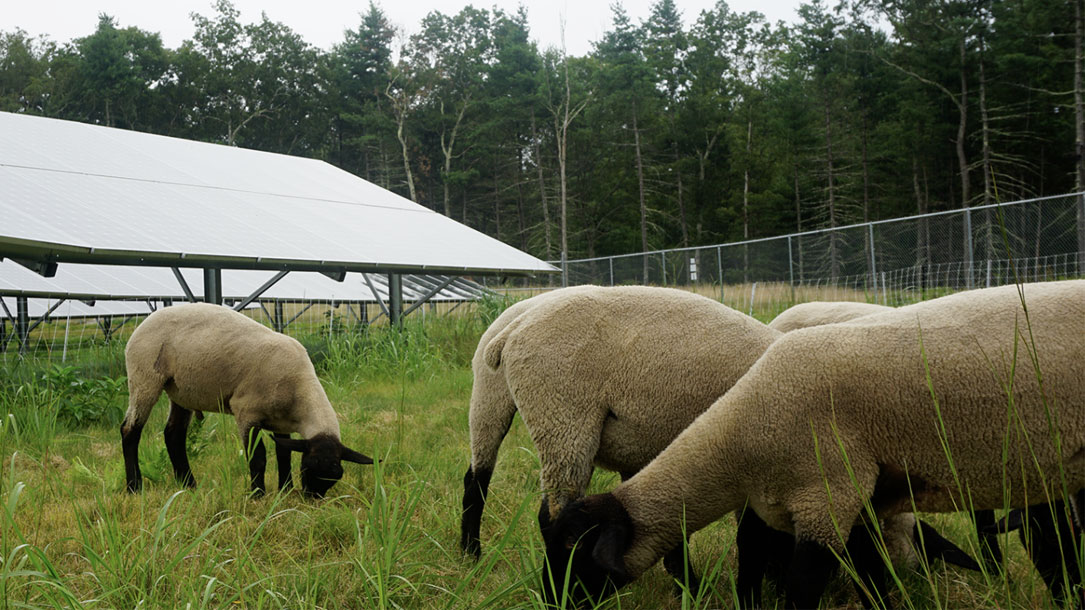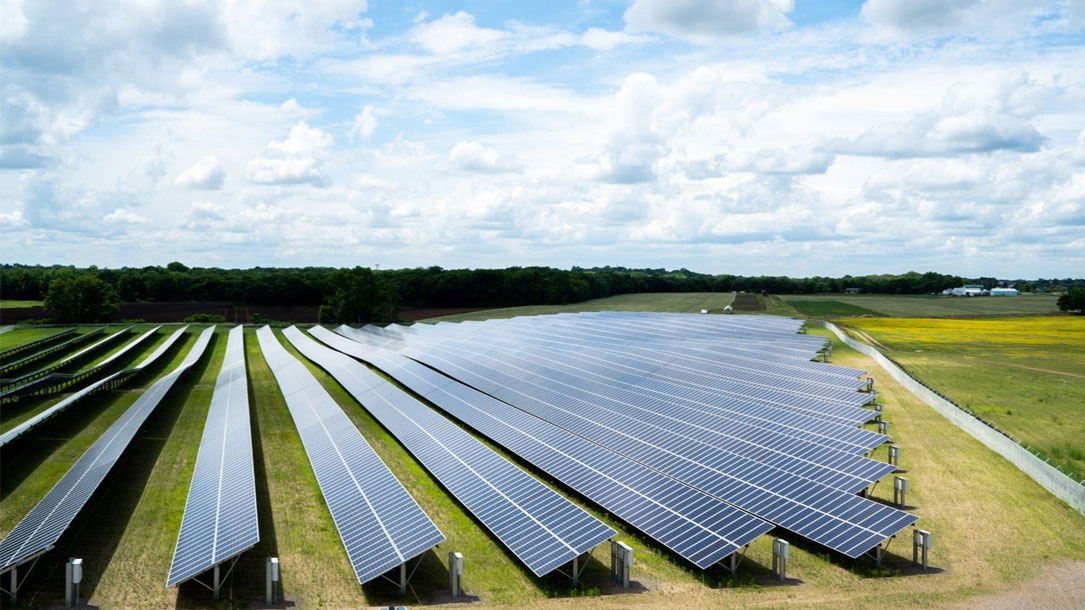
Is a big win for conservation a blow to climate action?
On July 22, Congress passed the biggest public-lands spending bill in half a century. The bipartisan bill, called the Great American Outdoors Act, puts nearly $10 billion toward repairing public-lands infrastructure, such as outdated buildings and dysfunctional water systems in national parks…

Grant for climate resilience outreach, education
Eastern Shore Land Conservancy: This project, entitled “Rise and Thrive: Building Understanding and Support for Climate Action on Maryland’s Eastern Shore,” is the second grant awarded to ESLC’s coastal resilience program by the Rauch Foundation in as many years.
The purpose of this project is to directly engage public and private audiences in order to build regional public support for climate adaptation solutions. The Eastern Shore of Maryland is the country’s third most vulnerable region to sea level rise, behind south Florida and Louisiana. Because of the threats of increased flooding, the loss of properties, and widespread ecological impacts, ESLC is working with communities to take action on these threats today…

Opinion: Climate change is a local issue
“It seems clear that many residents of Taos understand and are experiencing signs of different climate evolving here and wish our government to acknowledge that we need to alter our planning for this future. Fortunately for Taos, we have had in place for many years a mechanism for landowners to preserve this kind of land—Taos Land Trust.
But the town and county need to acknowledge and put into place official protections for arable land. And, of course, aside from forever destroying arable, acequia-watered land, an entity like Family Dollar only chips away at the unique beauty of the authentic New Mexican village like El Prado…”

Answers in the trees
Columbia Land Trust (in Washington State) has been weaving climate change into its publications and outreach. Here’s an example:
“There are two ways to restore some semblance of balance to the carbon cycle: reduce emissions from fossil fuel use and increase the carbon-absorbing power of forests and other plant-rich landscapes.
Both methods are needed. We call the latter approach a ‘natural climate solution.’
Forests, especially the verdant, fast-growing forests of western Oregon and Washington, already provide a number of benefits even before taking carbon storage into account, including wood products, forestry jobs, world-class recreation, wildlife habitat, and clean air and water. ‘People manage forests for multiple purposes,’ says Lydia Mendoza, conservation lead with Columbia Land Trust. ‘Carbon sequestration is one of many crucial values that forests can provide.’ Leveraging the carbon-sequestering power of forests involves balancing values and evolving as we learn…’

Sustainability and climate change initiatives
In their most recent climate initiative, the Kennebec Land Trust Finance Committee worked with Kennebec Savings Bank Investment and Trust Services to move their investments into a Socially Responsible Investment (SRI) portfolio that is aligned with their mission. SRI considers environmental, social, and corporate governance criteria to generate long-term competitive financial returns and positive societal impact.
As managers of forestland, they use and promote forest management practices that maximize carbon sequestration, including: protecting soil carbon, where about 50% of the carbon inventory is typically stored on a forested acre; promoting native species and increasing plant diversity to improve forest resiliency and carbon storage; harvesting sustainably; and taking a long-term view by growing high-value and larger diameter trees. On the ground, their forestry days at the Curtis Homestead are teaching the next generations…

Coastal access, climate change key as Maine Coast Heritage Trust turns 50
Land conservation efforts by the organization have increasingly taken community strength and health into account, as much as the environment, and conservation’s overall impact on the state’s economic foundation. As the climate changes, that focus is more important than ever, he [Tim Glidden, president of Maine Coast Heritage Trust] said…

Mature forests, carbon & climate: Learning with the land
Come visit with old-growth forest expert Bob Leverett at his own forest in Florence to learn about the role our local forests play in the carbon cycle and in mitigating climate change. Bob shares his scientific method for calculating the volume of a tree and its carbon content, as well as a fascinating look at several species of mature trees on his property, including the beautiful Tuliptree…

What makes for compatible solar?
American Farmland Trust’s New England Climate and Agriculture Program Manager and soil scientist Emily Cole, and Blue Wave’s Development/Senior Director Drew Pierson, team up to talk about what is needed to make solar projects compatible with—and benefit from—farmland viability.
If you are interested in how to slow down climate change and help agriculture, this webinar could be helpful. This is the second in a three-part series. While the webinar is focused on New England, the concepts of design, strategy, and partnerships are applicable to other parts of the country.

Quantifying carbon stocks on conserved land
Carbon project development in Vermont is compatible with, and in fact would be aided by, participation in other forest stewardship programs. These include forest certification, cost-share by EQIP and the Forest Legacy Program, and Vermont’s Use Value Appraisal (UVA) Program (also known as Current Use).
All three major certification Vermont Forest Carbon: a market opportunity for forestland owners 4 systems in the U.S. (Forest Stewardship Council [FSC], Sustainable Forestry Initiative, and American Tree Farm System) can be employed to meet various requirements under CARB and the voluntary markets, such as the need to have a comprehensive forest management plan…

Pollinator-friendly solar energy becomes the norm in Minnesota
The environmental benefits of Connexus Energy’s solar-plus-storage project are obvious enough, but this time of year, you’ll notice something more: prairie grasses and flowers planted under and around the sea of solar panels.
Pollinator-friendly plantings at large solar energy sites have become common in Minnesota in recent years. Not only do they provide habitat for the bee and butterfly populations people have been concerned about, but they also promote soil health and probably even boost the solar panels’ electricity output on warm days…












